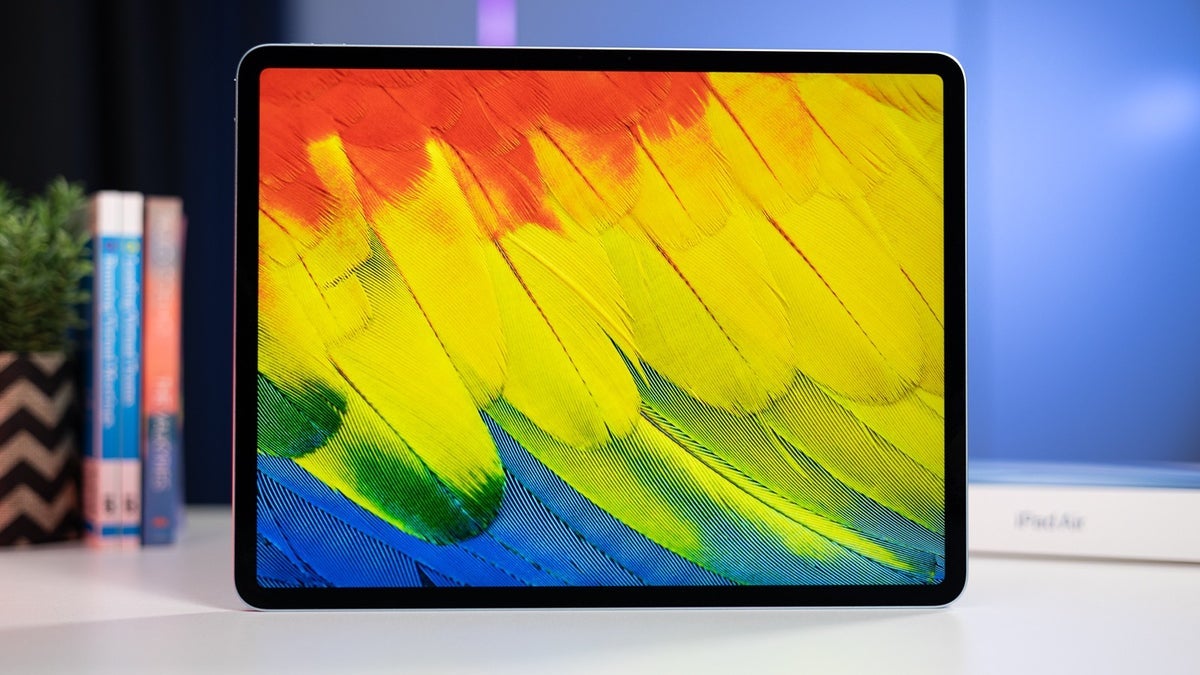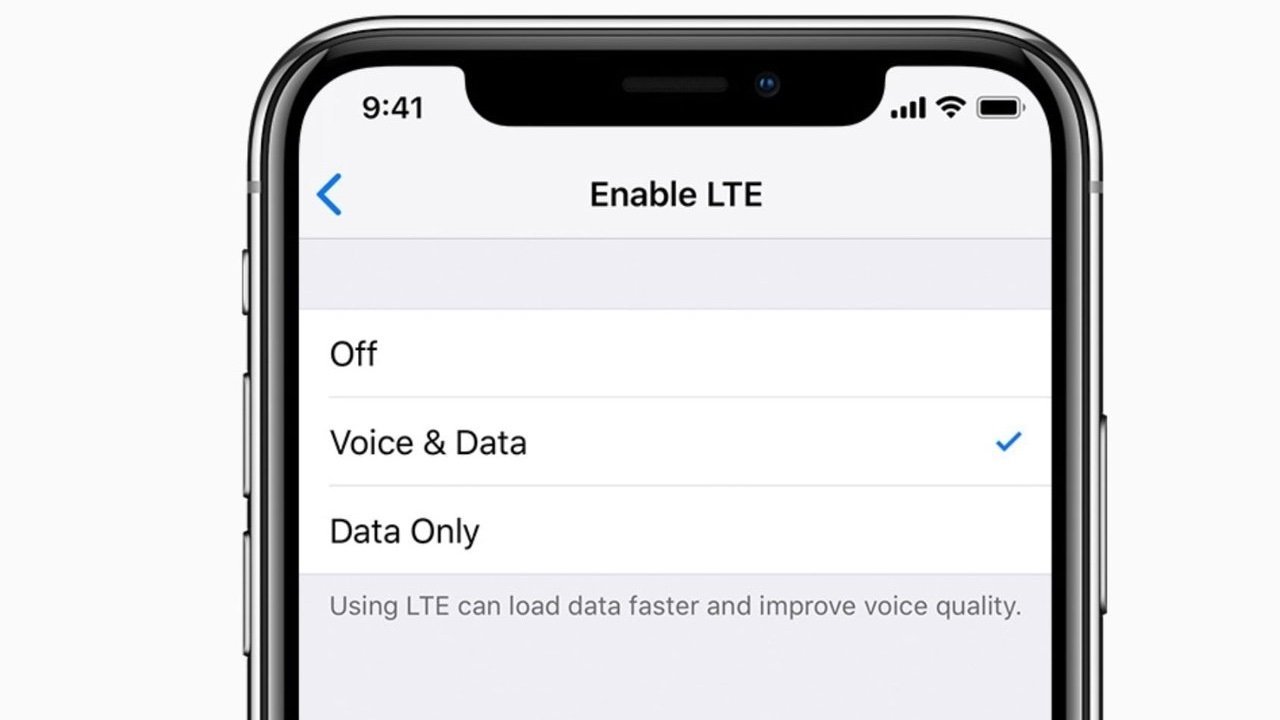Prioritizing Patch Management – CISO’s 2025 Focus
In 2025, with cybersecurity threats evolving at an unprecedented pace, effective patch management has never been more critical for organizational security posture. As organizations grapple with an ever-expanding digital landscape, CISOs find themselves at a crossroads where traditional patch management approaches no longer suffice. Recent data reveals that approximately 80% of cyberattacks exploit unpatched software […] The post Prioritizing Patch Management – CISO’s 2025 Focus appeared first on Cyber Security News.

In 2025, with cybersecurity threats evolving at an unprecedented pace, effective patch management has never been more critical for organizational security posture.
As organizations grapple with an ever-expanding digital landscape, CISOs find themselves at a crossroads where traditional patch management approaches no longer suffice.
Recent data reveals that approximately 80% of cyberattacks exploit unpatched software vulnerabilities, highlighting the urgent need for a more strategic approach to patch management.
The year 2025 brings forth new challenges and opportunities in this realm, requiring CISOs to balance cybersecurity requirements with business operational needs while demonstrating clear ROI to increasingly vigilant boards.
The Strategic Imperative for Modern Patch Management
The patch management landscape is undergoing significant transformation in 2025, driven by the convergence of automated solutions, AI integration, and compliance-driven strategies.
CISOs are shifting from the traditional approach of applying patches uniformly to all systems toward a risk-based methodology that prioritizes patches based on system criticality, potential impact, and exposure level.
This strategic pivot ensures high-risk vulnerabilities are addressed promptly while minimizing business disruption.
The collaboration between software vendors and organizations has become more transparent, with vendors proactively providing vulnerability information, timelines for patch releases, and interim mitigation strategies.
This partnership enables security teams to prepare for upcoming patches and reduce remediation timeframes.
Moreover, the increasing accountability CISOs face from boards regarding cybersecurity investments necessitates demonstrating tangible returns on patch management initiatives, pushing security leaders to implement more measurable and efficient patching processes that align with broader business objectives.
2025 Best Practices for CISO Patch Management Leadership
- Develop a Comprehensive Patch Management Policy: Establish clear guidelines that define patch prioritization criteria, testing protocols, deployment timelines, and stakeholder responsibilities. Support this policy with well-documented procedures to ensure patches are applied consistently and effectively across the organization.
- Embrace Automation and AI Integration: With 90% of cybersecurity leaders predicting budget increases in 2025, investing in automated patch management solutions that leverage AI and ML capabilities is crucial for scaling operations. These technologies analyze historical data, predict potential vulnerabilities, and optimize deployment schedules, significantly reducing the exposure window while freeing security teams to focus on more complex threats.
- Implement a Ring Deployment Strategy: Adopt a controlled rollout approach for patches, particularly for monthly maintenance updates. This structured methodology, where patches are progressively deployed to different groups of systems, minimizes disruption to production environments and helps IT teams meet service-level agreements while maintaining system stability.
- Establish Cross-Functional Collaboration: Create bridges between security, IT operations, and business stakeholders to ensure patching decisions balance security requirements with operational needs. Close alignment between CISOs and CIOs is essential when implementing complex security measures across diverse IT environments.
- Prioritize Critical Vulnerabilities Through Risk-Based Assessment: Move beyond traditional vulnerability scoring systems like CVSS by incorporating contextual risk factors such as active exploitation status and business impact. This approach ensures limited resources are directed toward the most significant threats first.
The strategic management of patch deployment requires balancing security needs with business continuity. By establishing clearly defined processes and leveraging automation, CISOs can create more resilient security postures while demonstrating value to executive leadership.
Building a Culture of Patch Compliance for Long-Term Success
Creating a sustainable patch management program requires more than just tools and policies—it demands fostering a culture of compliance throughout the organization.
CISOs must champion education initiatives that help employees understand why patching is crucial and how their actions contribute to the organization’s overall security posture.
Regular training sessions and awareness campaigns can significantly reduce resistance to necessary system updates and reboots. Communication is equally critical, particularly when patches require disruptive measures like system reboots.
Transparent communication with leadership about patching decisions, including the challenges and potential risks, ensures executive support and proper risk assessment at the highest levels.
In 2025, successful CISOs recognize that patch management is not solely a technical issue but a business risk management function that requires executive-level attention.
The increasing integration of patch management with broader vulnerability management processes creates a more holistic approach to security risk mitigation.
Forward-thinking security leaders are implementing continuous monitoring systems that provide real-time visibility into patching status. These systems allow for more agile responses to emerging threats and better reporting to stakeholders.
- Measure and Demonstrate Value: Implement reporting mechanisms that track patching effectiveness, remediation times, and risk reduction metrics to demonstrate ROI to the board and executive leadership.
- Plan for Exception Management: Develop formal processes for handling systems that cannot be patched due to business requirements, including compensating controls and documentation for compliance purposes.
By elevating patch management from a tactical IT function to a strategic security initiative, CISOs can better protect their organizations while positioning security as an enabler of business resilience and continuity in the increasingly complex threat landscape of 2025.
Find this News Interesting! Follow us on Google News, LinkedIn, & X to Get Instant Updates!
The post Prioritizing Patch Management – CISO’s 2025 Focus appeared first on Cyber Security News.











































































![Apple Ships 55 Million iPhones, Claims Second Place in Q1 2025 Smartphone Market [Report]](https://www.iclarified.com/images/news/97185/97185/97185-640.jpg)











































































































_Andreas_Prott_Alamy.jpg?width=1280&auto=webp&quality=80&disable=upscale#)





























































































































![[The AI Show Episode 145]: OpenAI Releases o3 and o4-mini, AI Is Causing “Quiet Layoffs,” Executive Order on Youth AI Education & GPT-4o’s Controversial Update](https://www.marketingaiinstitute.com/hubfs/ep%20145%20cover.png)



































































































































































![[DEALS] Mail Backup X Individual Edition: Lifetime Subscription (72% off) & Other Deals Up To 98% Off – Offers End Soon!](https://www.javacodegeeks.com/wp-content/uploads/2012/12/jcg-logo.jpg)






























































































